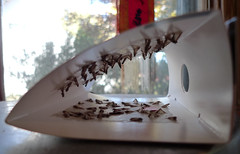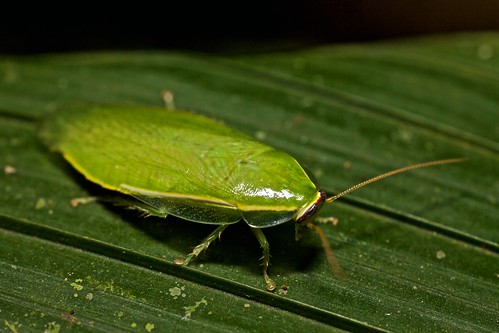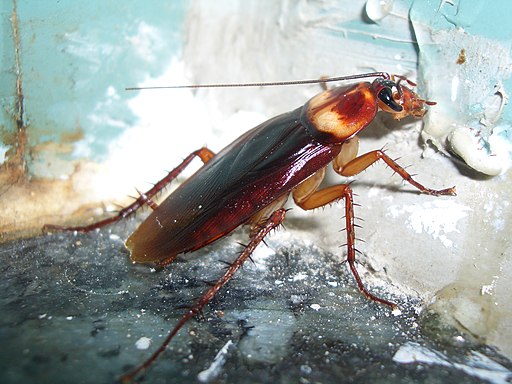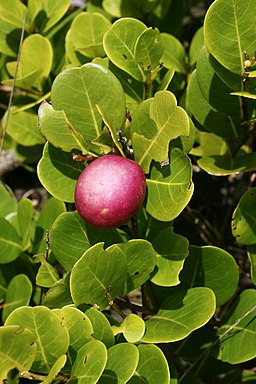 Adult moths live much like many college students in that their lives revolve around sex. During their very short existence, their only imperative is to reproduce. To this end, they have a streamlined chemical communication system. The female moth produces a unique chemical compound which is known as the sex pheromone. This arousing perfume is produced in glands in her rear end in extremely minute quantities (picograms (10-12 grams) per hour). The male's antennae are attuned to this odor and can sense her pheromone from afar. Like a bloodhound, he homes in on the female. Actually, the male locates the female by following her scent upwind. No need to even be able to follow a concentration gradient or make interesting small-talk. It's dead simple.
Adult moths live much like many college students in that their lives revolve around sex. During their very short existence, their only imperative is to reproduce. To this end, they have a streamlined chemical communication system. The female moth produces a unique chemical compound which is known as the sex pheromone. This arousing perfume is produced in glands in her rear end in extremely minute quantities (picograms (10-12 grams) per hour). The male's antennae are attuned to this odor and can sense her pheromone from afar. Like a bloodhound, he homes in on the female. Actually, the male locates the female by following her scent upwind. No need to even be able to follow a concentration gradient or make interesting small-talk. It's dead simple. Once male finds female, close-range signals such as compounds present on their cuticles can tell the moths something about each other and their qualities as a mate. When you don't live long, though, it doesn't pay to be picky. The response of male moths to sex pheromones is so predictable, sex pheromones are a great way to control pest moth species without pesticides. A trap like the one in this picture uses an artificial lure imbued with sex pheromone. Males are attracted to the trap, but instead of finding a lovely lady, they find a surface covered in killer sticky slime.
Once male finds female, close-range signals such as compounds present on their cuticles can tell the moths something about each other and their qualities as a mate. When you don't live long, though, it doesn't pay to be picky. The response of male moths to sex pheromones is so predictable, sex pheromones are a great way to control pest moth species without pesticides. A trap like the one in this picture uses an artificial lure imbued with sex pheromone. Males are attracted to the trap, but instead of finding a lovely lady, they find a surface covered in killer sticky slime. Another way of controlling moths with sex pheromones is a method known as mating disruption. The sex pheromone is often loaded into little plastic tubes like this one that can be hung from trees. Sex pheromone produced by the real moths will be mixed with synthetic pheromone being produced by scads of tiny plastic tubes. Flooding the whole area with sex pheromone makes it very hard for males to locate females. Even when they do manage to find the odor source, a bit of plastic is a poor reward for following a odor plume.
The simple sex pheromone communication system of moths does not constitute a language. But while simple, it is extremely effective, providing a reliable, low concentration, long-range signal requiring minimal energy investment for either the sender to produce or for the receiver to interpret. Moths need no online dating service with its 29 dimensions of compatibility. They already have a language tailor-made for fast and easy hookups.
Pheromone dispenser photo by Eugene E. Nelson, Bugwood.org, used under a Creative Commons License.







